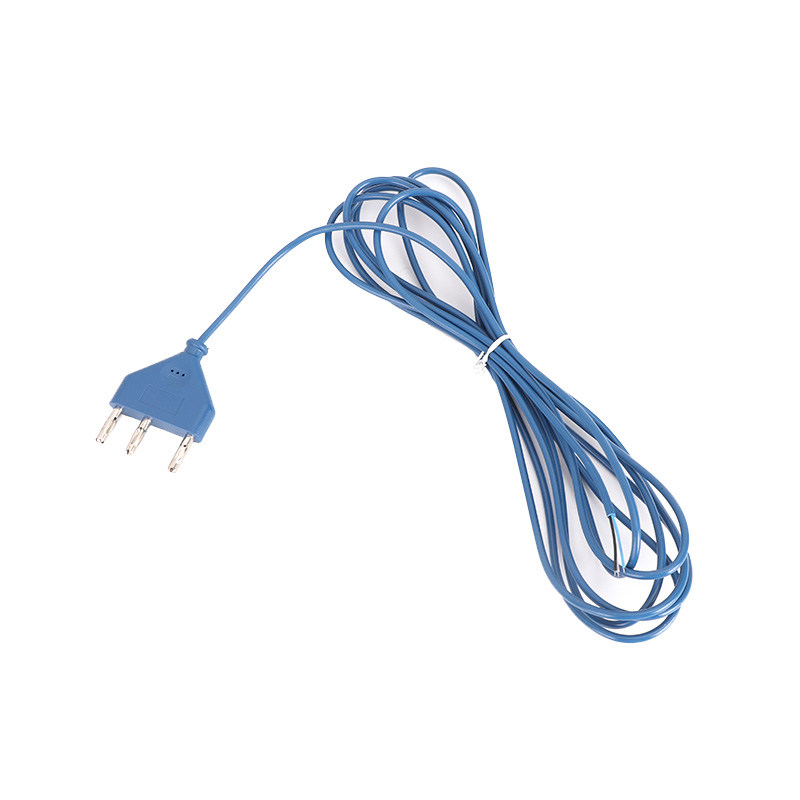Submit feedback
How to avoid infection and cross contamination with disposable electrosurgical pencils?
 2025.02.06
2025.02.06
 Industry News
Industry News
In medical surgery, electrosurgical pens are widely used for tissue cutting and hemostasis, and their importance in surgery is self-evident. However, as a device that comes into direct contact with human tissue, if its use and handling are not handled with care, it may cause infection and cross-contamination. Therefore, when using disposable electrosurgical pencils, a series of measures need to be taken to avoid these risks.
First, make sure that the selected electrosurgical pen is strictly quality controlled and meets the relevant medical device standards. Disposable electrosurgical pens should be sterilely packaged to ensure that they are sterile before use. This can effectively reduce the entry of external contamination sources into the pen tip, thereby reducing the risk of infection.
Before surgery, doctors and other medical staff must follow strict aseptic operating procedures. First, cleaning and disinfection of the surgical area are critical. Professional disinfectants should be used to thoroughly clean the surgical area, and all exposed parts of the patient's body surface should be thoroughly disinfected.
The packaging of the electrosurgical pen should be ensured to be undamaged before unpacking, and should be used immediately after unpacking, and should not be exposed to the air for a long time. When using, be sure to wear sterile gloves and avoid direct contact with the working end of the electrosurgical pen to prevent the spread of bacteria.

Disposable electrosurgical pens must be handled in accordance with the hospital's infection control regulations after use. They should be placed in a medical waste container immediately to avoid contact with other equipment or items. Avoid placing used electrosurgical pens on the operating table or any other surface to effectively avoid cross contamination.
Contact between the electrosurgical pen and other surgical instruments may cause cross contamination. Therefore, avoid contact between the pen tip and other unsterilized instruments or equipment during operation. If the electrosurgical pen needs to be moved between different areas, the sterility of the operating environment must be ensured.
If the electrosurgical pen needs to be connected to an electric knife, guide or other equipment, be sure to confirm the sterilization of the connected equipment. In addition, when switching the electrosurgical pen, the operator needs to strictly follow the aseptic technique requirements to ensure that each step is performed under sterile conditions.
During the operation, the operator needs to constantly monitor the status of the electrosurgical pen. Once the pen tip is damaged, broken or other signs of possible infection are found, a new electrosurgical pen should be replaced immediately and the used part should be properly disposed of.
In addition, the heat generated by the electrosurgical pen during use may cause the temperature of the surrounding tissue to rise, thereby increasing the risk of local infection. Therefore, the power and use time of the electrosurgical pen should be controlled in time during surgery to avoid local tissue damage caused by excessive use.
After surgery, wound care is equally important. The surgical area, especially the area where the electrosurgical pen has been used, should be checked regularly to ensure that there are no signs of infection. When removing the dressing or performing any follow-up care, the operating environment should be kept sterile to prevent cross infection.
Avoiding infection and cross contamination of disposable electrosurgical pens requires starting from product selection, preoperative preparation, intraoperative operation, postoperative management and other aspects, strictly following aseptic operation and infection control measures to ensure surgical safety and reduce the risk of infection.
 TOP
TOP
 ENG
ENG
 English
English русский
русский 한국어
한국어 Deutsch
Deutsch









